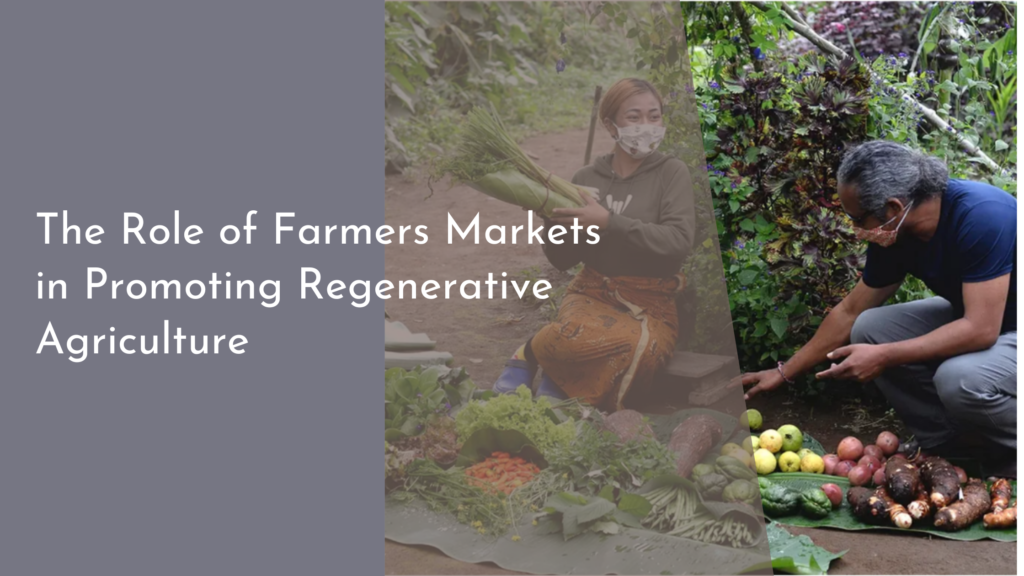Agroforestry for Cultivating Biodiverse Kitchen Gardens
Agroforestry is an innovative and sustainable approach to farming that combines agriculture and forestry practices to create a more biodiverse environment. By incorporating trees, shrubs, and various plants into your kitchen garden, you can cultivate a space that not only produces delicious food but also supports a diverse ecosystem. This article will guide you through the joys of agroforestry, help you choose the right plants, and provide tips for creating a vibrant ecosystem in your kitchen garden. Get ready to embark on a journey toward a flourishing garden that delights the senses!
Discover the Joy of Agroforestry in Your Kitchen Garden
Agroforestry invites you to explore the natural connections between plants, offering a harmonious way to cultivate your kitchen garden. By integrating trees and shrubs into your garden, you create layers of growth that mimic natural ecosystems. These layers can provide shelter for beneficial insects, create microclimates, and reduce soil erosion—all while producing a bounty of food for your table. Imagine stepping into a garden filled with the rustling leaves of fruit trees, the vibrant colors of flowering herbs, and the sweet fragrance of vegetables, all working together to create a productive and inviting space.
Engaging in agroforestry not only enhances the beauty and productivity of your kitchen garden but also promotes environmental health. The diverse plant life fosters a healthy soil ecosystem, encourages pollinators, and helps in pest management. As you encounter the myriad of life forms that visit your garden, you’ll gain a deeper appreciation for the interconnectedness of nature. The joy of harvesting fresh produce from a garden that flourishes through diversity and symbiosis cannot be overstated; it’s a celebration of what nature can provide.
Choosing the Right Plants for Maximum Biodiversity
Selecting the right plants is key to reaping the benefits of agroforestry in your kitchen garden. Begin by considering companion planting, where certain plants can enhance each other’s growth. For example, pairing nitrogen-fixing legumes, like beans or peas, with nutrient-hungry plants, such as corn or tomatoes, can create a balanced environment. Additionally, incorporating perennial plants, like asparagus and rhubarb, can create stability in your garden while providing consistent harvests year after year.
When exploring plant combinations, aim for a mix of herbaceous plants, shrubs, and trees to maximize biodiversity. Choose flowers like marigolds and nasturtiums, which attract pollinators and beneficial insects. Incorporating fruit-bearing trees, such as apple or cherry trees, alongside native plants can also create a thriving habitat for local wildlife. By thoughtfully selecting a variety of plants, you’ll not only enhance the aesthetic appeal of your kitchen garden but also create a resilient ecosystem that supports a multitude of life forms.
Creating a Vibrant Ecosystem: Tips and Tricks
To cultivate a thriving agroforestry kitchen garden, consider implementing practices that promote biodiversity and sustainability. Start by designing your garden layout to create microhabitats, such as shaded areas beneath trees and sun-drenched patches for sun-loving plants. This diversity in light and moisture will cater to a variety of species, allowing them to flourish side by side. Additionally, creating windbreaks with taller plants or trellises can provide shelter for more delicate species and improve overall garden resilience.
Another effective strategy is to practice mulching and composting. By adding organic materials such as straw, leaves, and kitchen scraps, you’ll enrich your soil while minimizing weeds and moisture loss. This practice not only supports plant health but also invites earthworms and other beneficial organisms to thrive. Regularly observing your garden will allow you to adapt and refine your approach, ensuring a flourishing ecosystem that remains vibrant through all seasons.
Harvesting the Benefits: Delicious and Diverse Produce
As your agroforestry kitchen garden grows and matures, you’ll soon be reaping the rewards of your efforts. The symbiotic relationships you’ve nurtured will lead to a rich and varied harvest of vegetables, fruits, and herbs. With a diverse array of produce at your fingertips, you can experiment with new recipes, flavors, and culinary techniques that celebrate the bounty of your garden. Imagine hearty stews with fresh beans, salads adorned with vibrant herbs, and desserts featuring sweet, sun-ripened fruits.
Moreover, the benefits of your agroforestry kitchen garden extend beyond the dinner table. By fostering biodiversity, you contribute to the health of the local environment, enhancing soil fertility and providing habitats for wildlife. Each harvest not only nourishes your family but also supports the ecosystem as a whole. Enjoy the satisfaction of knowing that your kitchen garden is a thriving, sustainable space that brings joy, flavor, and health to your life while giving back to nature.
Incorporating agroforestry into your kitchen garden is a delightful way to enhance biodiversity while enjoying the fruits of your labor. By selecting the right plants, creating a vibrant ecosystem, and harvesting a variety of produce, you’ll contribute to a more sustainable environment that thrives on cooperation and diversity. So grab your gardening gloves and shovel, and let the joy of agroforestry transform your kitchen garden into a flourishing haven of deliciousness and ecological harmony! Happy gardening!

